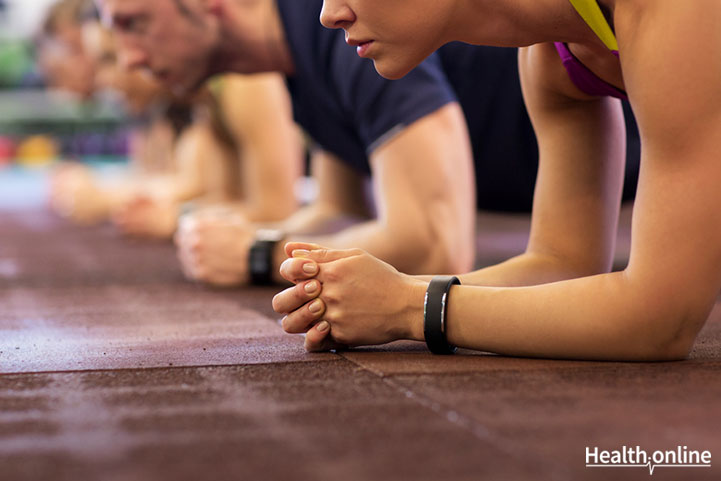
Core Training: Separating Fact from Fiction
Finding it difficult to run? Getting tired and fatigued easily at the gym? Not able to understand why your sporting performance is not improving? Perhaps you have neglected an unsung hero of your fitness – the core.
When people talk about fitness, they generally think about broad shoulders, beefed up pectorals, elevated traps, strong thighs for men, and a shapely look for women. This, in turn, leads to the neglect of the most important aspect of your fitness – namely, the muscles that form the core.
Core training is one of the most misunderstood words when it comes to fitness training. Most people confuse core training with abs training. Core muscles, though anatomically not well categorized, are generally considered to be the groups of muscles present in the mid section of your body – extending from the upper torso to the hips. They protect the spine, stabilize the body, and give the body a toned look.
Why do I have to strengthen the core?
In order to take your fitness to the next level, you have to focus more on getting the core muscles strong. For example, runners usually have strong legs. They can run long distances ; but after some time, when fatigue sets in, their form changes. What’s fascinating is that some of the athletes will still maintain their form, even after the onset of fatigue, and this is because they have a strong core.
The core helps you with all forms of sport by offering the following benefits-
- Delayed fatigue
- A toned look
- Provides shape and form
- Maintenance of an upright posture
- Gives a lot of confidence
- A strong back
- Flexibility
- Protection from sports injuries
- Improved agility
- Increased power
How do I strengthen my core?
The general misconception is that crunches strengthen the core. While crunches strengthen the abs, core muscles require a number of additional exercises. Basically, any exercise you do, including walking and other simple activities, will engage the core. But for strengthening the core, you have to choose exercises that target your core specifically. You cannot see the core getting strengthened after performing these exercises, but you will certainly feel the change. A strong core will directly reflect in your performance. We have outlined the best strategy to work out your core muscles. This can be followed even by beginners.
Starting slow and light
You should never go all out when it comes to core training. A good warm up is necessary, followed by conditioning exercises. Start with conditioning exercises that are easy to perform, yet engage the core.
- Jump rope exercises: The easiest and the best way to exercise. These exercises engage the core like no other activity, which makes it a favorite for all boxers. You might have seen Mike Tyson jumping ropes continuously. Why does a boxer need that? Because it strengthens the core, providing the stability that enables the boxer to last longer in the ring!
- Jumping jacks: This exercise looks very simple, yet in fact, it is very demanding. Start slow and slowly increase your pace and number of jumping jacks. Ideally, you can start by doing 20 jumping jacks and upscale from there.
- Push-ups: Push-ups work out the whole body, including the core. Start with shoulder width push-ups, and try on different variations afterward.
Going heavy
Once you are familiar with the basic core exercises, it is time to increase the difficulty level and engage your core much harder. Here are a number of exercises for the next level of core fitness:
- Free squats: Easy to perform and do not require any equipment.
- For the rest of the squats, start with very minimal weight, and do five to eight reps per set for five sets of the following:
- Back squats
- Overhead squats
- Front squats
- Zercher squats
- Deadlifts
- Power clean
- Military press
- Bench press
Abs
Your core exercises are incomplete without exercises for your abs . You can do these exercises either as a circuit, by doing each for 30 seconds without rest (3 to 5 sets), or by trying 20 to 100 reps for each of them, taking small rests in between. Here are some of the best abs exercises for the core:
- Flutter kicks
- Knee ups
- Leg raise
- Butt ups
- Russian twists
- Crunches
- Planks-basic/side
- Heel touches
- Mountain climbers
- Superman pose
- Bicycle crunches
Circuit training
One of the best ways to keep your core active and flexible is to do circuit training. You can mix any of the above exercises, depending on your ability, and keep four to five stations. You have to perform all the exercises continuously, without any break.
Swimming, cycling, and running are other activities that would help in training the core. Remember that it is important to have a strong core – this is why all top athletes spend hours in core training.




